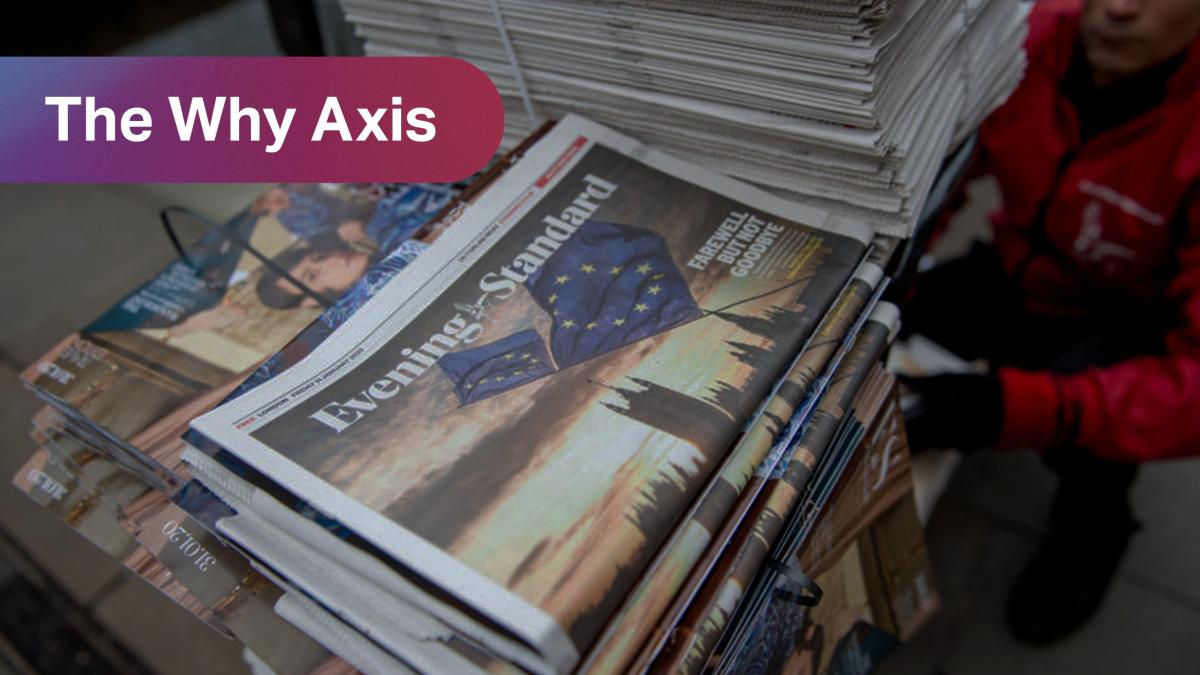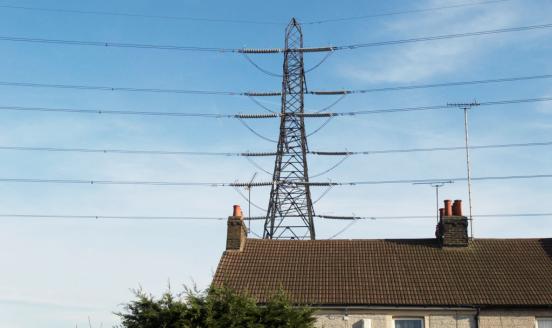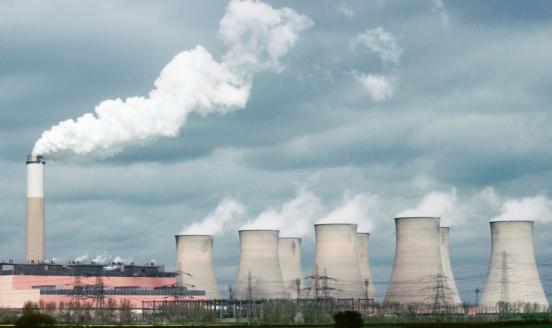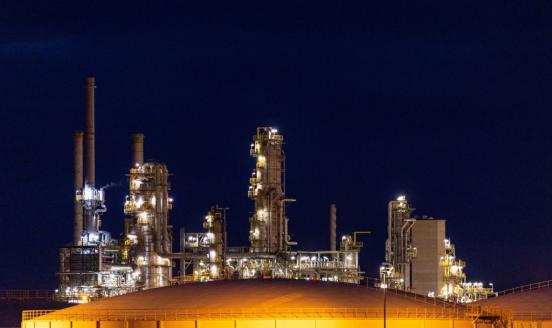How can an EU industrial policy mitigate the effects of rising energy costs?


In 2022, despite being in the eye of the perfect energy storm, the European Union industry employment and output levels increased above 2021 levels. However, many factories in energy-intensive industries such as the basic metals, chemicals, non-metallic minerals and paper sectors were badly affected and many were forced to shut down.
Energy costs represent a much bigger share of production costs for those industries than for less energy-intensive manufacturing sectors. The EU must design an industrial strategy to help mitigate the effect of energy prices likely staying above historic levels for years to come.
First, the EU could bridge the high energy price period with unconditional subsidies, which seems to be the currently preferred strategy. This avoids irreversible large-scale relocation abroad but would be fiscally expensive and poses risks of fragmentation within the EU. It would only succeed if internationally competitive energy supplies were quickly made available.
Second, the EU could support decarbonised production processes built on large-scale deployment of domestic renewables. This would accelerate the green transition and reduce clean-tech prices worldwide. However, EU taxpayers would bear the cost of new technologies, without the guarantee of solving the current competitiveness cost issue.
Third, the EU could facilitate imports of energy intensive products, while accompanying the EU industry to move to higher value-added parts of the value chain. Subsidies could be given directly to industrial sectors that have not become structurally uncompetitive. This would bring energy demand and energy prices down. However, this strategy would need to accommodate concerns over excessive import dependencies and would need to be engineered to address carbon leakage.
Policymakers should implement a mix of these policies going forward. The EU should subsidise existing energy-intensive industries only in clearly justified cases, while deciding which energy-intensive products could be left to international market forces. In choosing which decarbonisation investments should be supported in Europe while moving towards a new industrial model, the EU can combine industrial competitiveness and environmental sustainability.
The Why Axis is a weekly newsletter distributed by Bruegel, bringing you the latest research on European economic policy.



